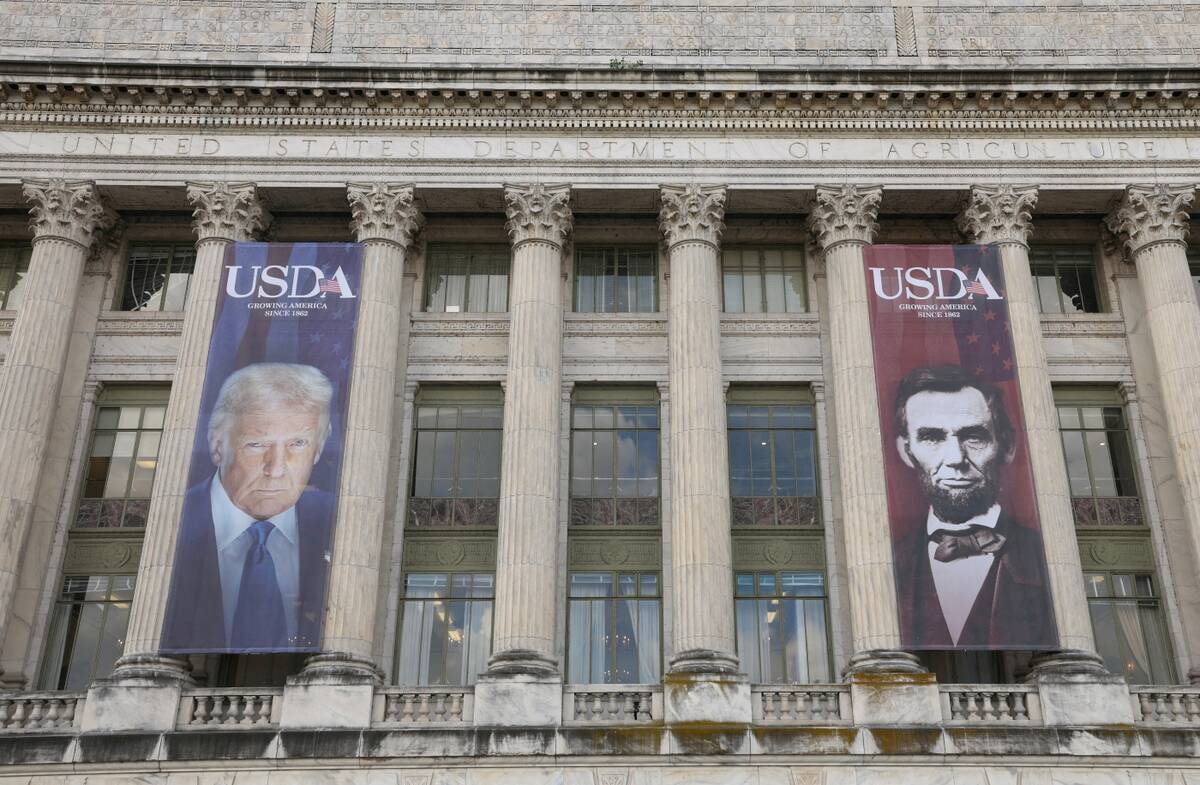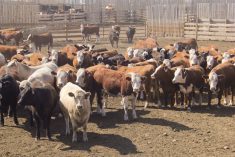Chicago | Reuters — Benchmark December lean hog futures on the Chicago Mercantile Exchange eased on Thursday ahead of the U.S. Agriculture Department’s quarterly hog and pigs report, released after the market closed.
CME October hogs firmed 0.75 cent at 89.45 cents/lb., but most-active December hogs fell 0.1 cent to 75.725 cents/lb. (all figures US$).
The U.S. hog herd shrank by one percent as of Sept. 1, according to USDA, a larger-than-expected drop compared to analysts surveyed by Reuters.
Hogs kept for breeding were 99 per cent versus a year earlier, and versus analyst expectations of 99.6 per cent, indicating producers are not rebuilding herds as fast as anticipated.
Read Also

Farmers, traders ‘flying blind’ as U.S. shutdown blocks key crop data
U.S. data vital to global grain and soybean trading has gone dark during the country’s federal government shutdown, leaving commodity traders and farmers without crop production estimates, export sales data and market reports during the peak of the autumn harvest.
“We are seeing contraction in the numbers overall,” said Dan Norcini, an independent livestock market analyst, noting that high feed prices and demand uncertainty have muted producer expansion.
The CME’s Lean Hog Index, a two-day weighted average of cash hog trade, lost 0.81 cent, to 95.6 cents/lb., its lowest since Feb. 18, 2022.
Pork exports for the week ended Sept. 22 were 34,300 tonnes, primarily to Mexico.
CME live cattle futures firmed on Thursday on strong cash cattle demand, rebounding after six sessions of decline on fears over domestic demand.
CME October live cattle added 1.075 cents, to 144.125 cents/lb., while the most-active December contract firmed 1.5 cents, to 147.775 cents.
CME November feeder cattle firmed 2.55 cents, to 177.825 cents/lb.
In the cash market, cash cattle trade was active and firmer this week in the northern U.S. plains, trading up to $146/cwt while southern U.S. Plains cattle traded at $143/cwt.
Tight live cattle supplies underpin the market, Norcini said, noting that broader economic concerns could limit consumer activity.
“The big ‘if’ is how the demand side will hold up if economic conditions continue to worsen,” he said.
Farmers in Florida rushed to reach their cattle on Thursday after trees downed by Hurricane Ian broke fences used to contain the animals and rain from the fierce storm flooded fields used for grazing. The state has more than 1.6 million cattle, about two per cent of the U.S. herd, the U.S. Department of Agriculture said.
Beef exports last week reached 21,500 tonnes, primarily to South Korea and China, USDA said.
— Christopher Walljasper reports on agriculture and ag commodities for Reuters from Chicago.

















